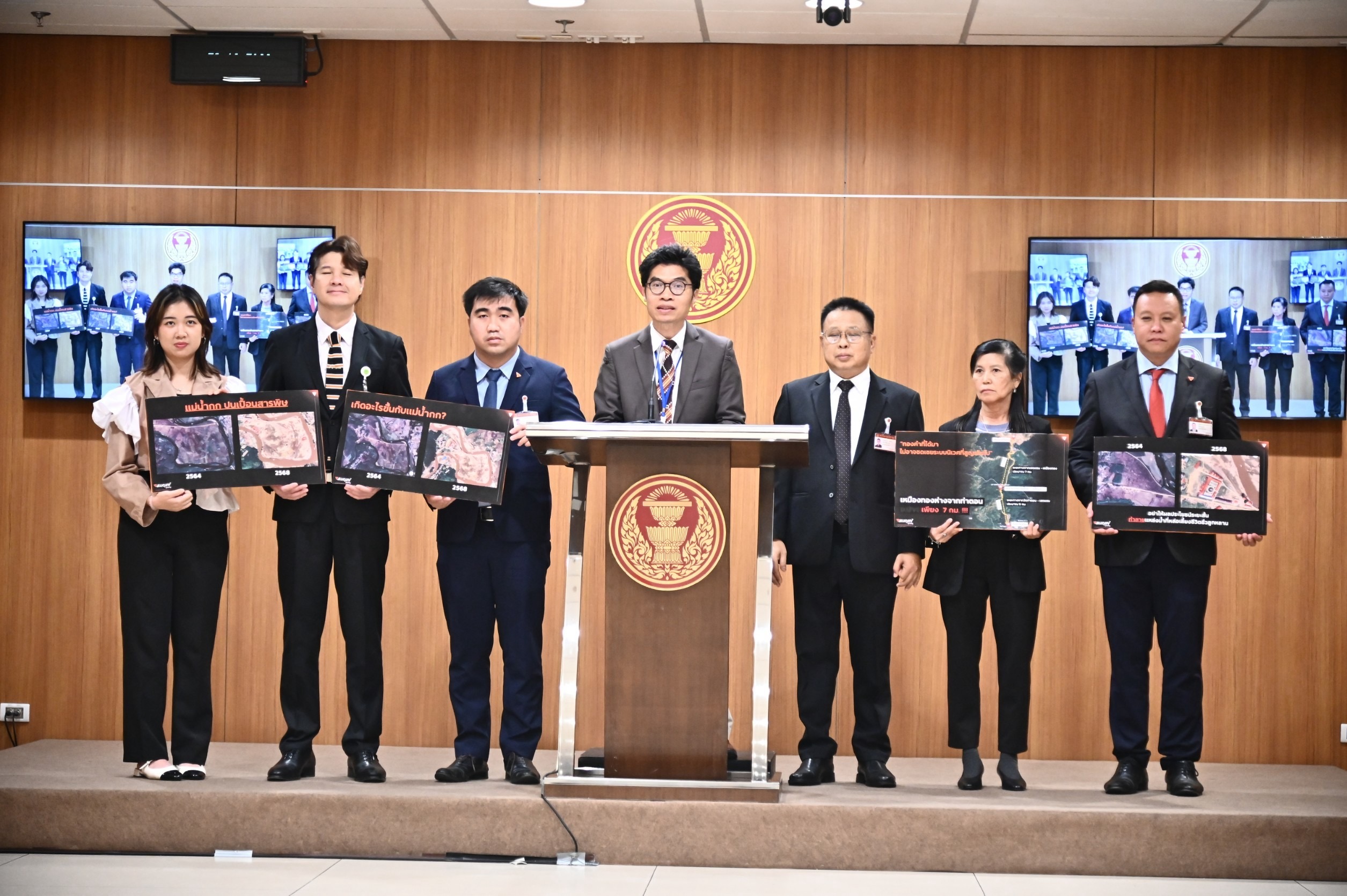The Environmental Affairs and Pollution Control office has reported dangerous water quality issues in the Mae Kok River which originates in Myanmar and flows into Thailand through Chiang Mai and Chiang Rai.
Recent tests conducted in Chiang Mai and Chiang Rai have shown unacceptable level of arsenic in water.
Mr. Awee Phakmat, Director of the Chiang Mai Regional Environmental Office, revealed that water samples from the Mae Kok River showed turbidity levels nearly 10 times above normal. More concerning, tests identified arsenic levels that exceeded safe limits by more than double.
Exposure to arsenic in the water has caused allergy-like symptoms, such as skin irritation and rashes. Long-term exposure could lead to cancer. Drinking water containing arsenic can disrupt the body’s chemical processes, potentially causing diarrhea or other digestive issues in the short term. Over time, it increases the risk of cancer as well.

Mae Kok Water Samples
Mr. Awee said additional water samples were taken from other parts of the river. At Ban Tha Ton, arsenic levels measured 0.012 milligrams per litre, and at Ban Pa Tai, they were 0.013 milligrams per litre. All these levels exceed the safety threshold.
Officials are now waiting for results from tests on riverbed sediment, as heavy metals like arsenic often settle at the bottom.
In Chiang Rai, water was also sampled at three locations along the Mae Kok River, with results expected within two weeks. Until then, authorities are urging residents to avoid swimming in or using the river water.
Drinking untreated water from the Kok River is highly discouraged, especially as some villages rely on the river for their drinking water supply, which may not be adequately filtered for contaminants. To ensure public safety, residents are advised to remain cautious and refrain from using river water until further notice.
Preliminary investigations suggest the arsenic contamination may be linked to gold mining activities upstream in Myanmar. Gold ore often contains arsenic, which is released during the extraction process. This could explain the high levels of arsenic detected in the river.

Urgent Call for Government Action
Environmental groups have urged the government to negotiate with Myanmar and Wa State to tackle arsenic pollution from Chinese-funded gold mines in the area. Without immediate action, residents along the Mae Kok River face serious health risks, including Blackfoot disease and cancer.
Somkiat Khuean Chiangsa, president of the Rivers for Life Association, emphasized the need for collaboration between countries. He called on local and national leaders to engage in talks with Wa State authorities, who oversee the gold mines upstream.
He also urged the Ministry of Foreign Affairs to take the lead in resolving the issue to restore the river’s safety for residents.
Ms Somporn Pengkham, director of the Community-Based Environmental Health Impact Assessment Institute, highlighted the likelihood of cross-border pollution. She stressed the importance of testing for mercury in the river as well.
Predator fish from the Kok River should be examined for mercury accumulation, as the river’s ecosystem will determine how far contamination spreads. If mercury is found, authorities must alert the public promptly to prevent further exposure.
She Said the situation demands urgent action to protect communities and address the environmental impact.
Related News:
Chiang Mai’s Mae Kuang Dam Canal Opened for Songkran Holidaymakers

Geoff Thomas is an award winning journalist known for his sharp insights and no-nonsense reporting style. Over the years he has worked for Reuters and the Canadian Press covering everything from political scandals to human interest stories. He brings a clear and direct approach to his work.














